| pattern recognition | |
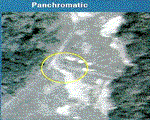 |
Pattern recognition has
been developed to ease the way of reading an great amount of information
as a form of decoding. In the beginning a concept of mathematical
analysis was underlayed, but later it became also associated with
the field of connectivist research. |
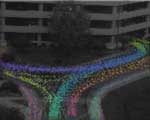 |
For a better explanation
follows a short description of the historical line leading to such
devices as facerecognition or irisscan. Military developments of space determination through photography and radar evoked the idea of further mechanical translation systems. Combining this with the research in the automation of mental functions the two fields of artificial intelligence and cognitive (movie) psychology were introduced. |
1 Automation of sight: From Photography to Computer Vision, p.10 Manovich, Lev |
First developments lead
to the field of pattern recognition. 'Pattern recognition is concerned
with automatically detecting and identifying predetermined patterns
in the flow of information. A typical example is character recognition,
...Instead of listening to every transmission, an operator would be
alert if computer picked up certain words in the conversation.'1
|
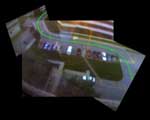 2 De Landa in Automation of sight: From Photography to Computer Vision, p.11 Manovich, Lev 3 Forum Wissenschaft, 2/2002, Wehrheim, Jan |
The next step was to bring
this together with image processing, which following M.De Landa was
routinely used to correct for distortions made by satellite's imaging
sensors and by atmospheric effects, sharpen out-of-focus images, and
so on. This simply developed because there was no hope to go through
all these images for the National Photographic Interpretation Center
(NPIC). 'The computers had to be thaught to compare new imaginery
of a given scene with old imaginery, ignoring what had not changed
and calling the interpreter's attention to what had.'2From
this fields computervision (robot sight, irisscan, smart engines)
evolved, so up to now we have achieved 'thinking cameras' and 'algorythmic
surveillance.'3 Thus the perspectival image became problematic for 3D object recognition so today modern vision systems utilize a whole range of different range finders such as lasers or ultrasound. |
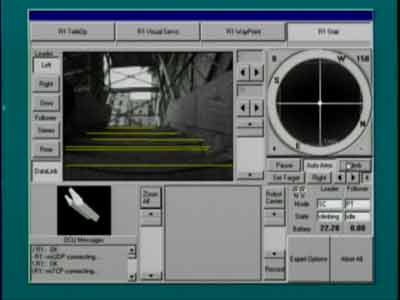 |
Examples for the combining
of diverse data transmission devices are GPS-systems and scanning
devices. 'By systematically scanning the surface of an object, it
directly produces a depth map, a record of an object's shape, which
can be then matched to geometric models stored in computer memory
thus bypassing the perspectival image altogether.' It is straight
away put into code. |
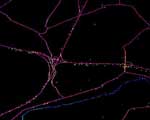 |
Here are some links to
more and profound information: A Forest of Sensors (research at MIT) The Pattern Recognition Files Imaging and Neuroscience by Heeger Pattern Recognition by Toussaint |